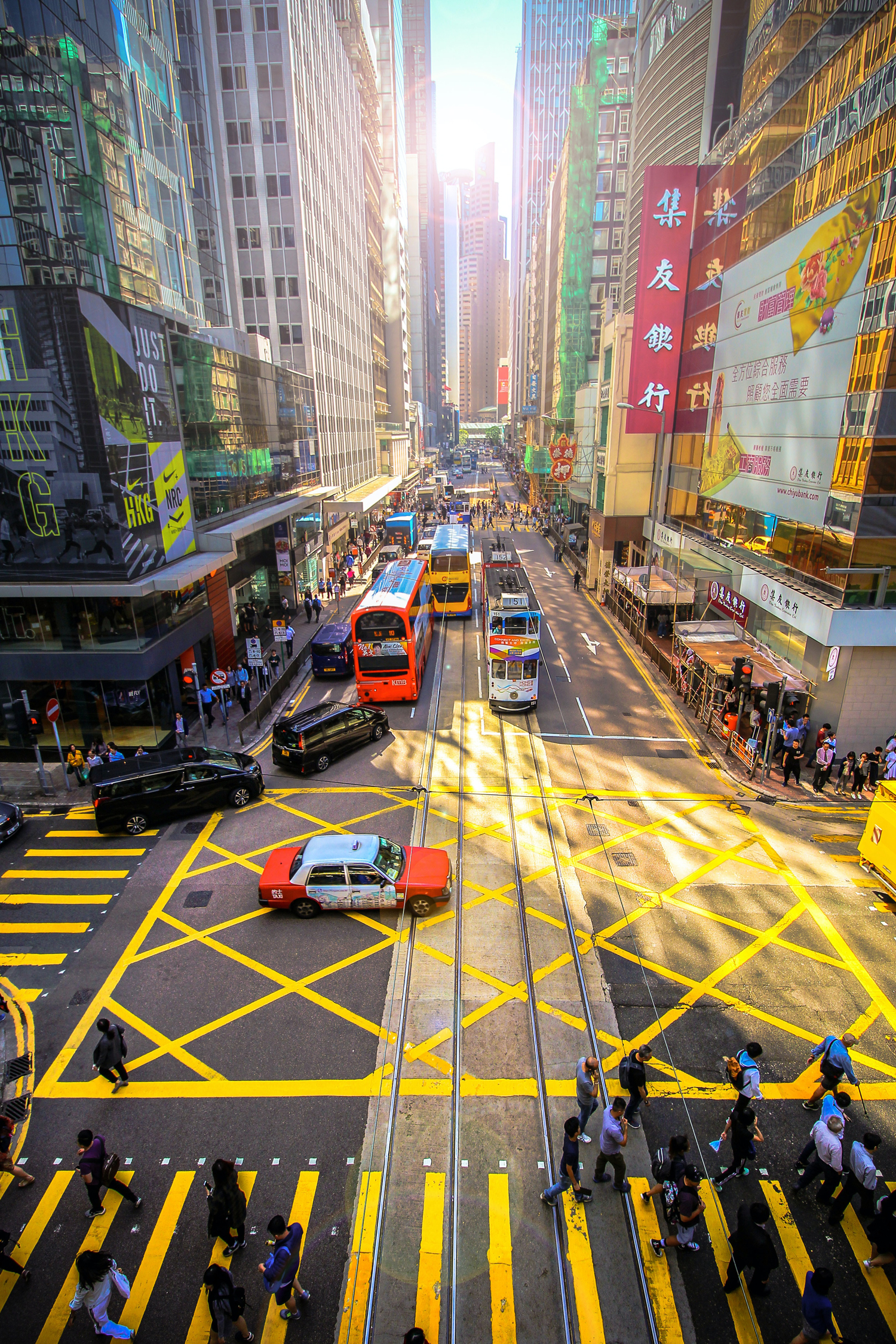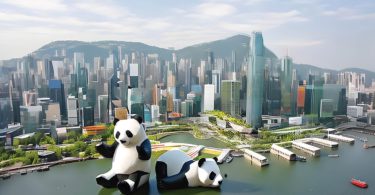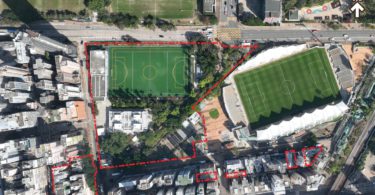The COVID-19 pandemic has threatened millions of lives, marking the year 2020 as one of the biggest public health crises of all time. A massive economic crisis has followed the pandemic, impacting our daily lives. As it evolves into an urban crisis, it has made us rethink how we have been planning the urban environment under the spotlight of this unprecedented health crisis and uncertainty. Cities with high density are especially vulnerable, with increased possibility of interpersonal contact. How do densely populated areas cope with this adversity?
DENSITY AND ITS CONSEQUENCES
The urban area of Hong Kong has one of the highest population and employment density in the world[1], with impressive economic growth and technological achievements over the past 20 years. Thanks to the household registration programme applied system in this special administrative region—hukou system, that regulates population distribution and migration to urban area, this enables the urban density in Hong Kong to enjoy several advantages in the sustainability aspect.

Image by Florian Wehde/Unsplash
High density maximises the effectiveness of public transport while minimising the distance between mobility environment. It encourages less use of personal vehicles, more walking, and increased public transport options. With its transportation system, Hong Kong has one of the lowest energy consumption per capita in the world. This also reduces energy and infrastructure costs. In turn, it creates more efficient land use and is more cost-effective in providing public services and facilities.
For the same reasons, dense areas could also facilitate the transmission of highly contagious diseases, especially in this global crisis.
This statement is countered by the World Bank Blog’s research in 284 Chinese cities, with the conclusion that density should not be viewed as an ‘enemy’ in the fight against the coronavirus.[2] A similar study supports that urban density not linked to higher coronavirus infection rates; instead, it is linked to lower COVID-19 death rates.
It is important here to distinguish between ‘density’ and ‘crowding’. While ‘density’ is used to refer to the physical limitation of space, ‘crowding’ is the actual psychological perception of the limitation of space. Social pathology is caused by the stress and social conflict of crowding, but high density does not necessarily lead to a perception of crowding or stress as stated by Urban Age.
SOLUTION: URBAN INNOVATION POST-COVID-19
Multiple findings have shown that it is not necessary to reduce urban density in order to respond to the COVID-19 outbreak, as stated by The Conversation. There is a need to curb extreme crowding and to provide people in every neighbourhood with sufficient outdoor space for physical distancing. New flexible live-work designs will be needed along with deeper integration of virtual technologies.
Cities are our frontline response to the COVID-19 crisis. We now see an accelerated shift towards a new urban paradigm towards inclusive, Green and smart cities.[3] Over time, with well-designed institutions, high-quality infrastructure and effective interventions, it is hoped that cities can become more resilient against infectious diseases.
Density must be woven into the city fabric so that its benefits can be harnessed in a post-coronavirus world. Some strategies to combat COVID-19 include the strategic advantages of big data and smart urban management. Furthermore, urban agriculture can contribute to improve food security.
[1] High-Density Living in Hong Kong on Urban Age
[2] Urban Density Is Not an Enemy in the Coronavirus Fight: Evidence from China on World Bank Blog
[3] Cities Policy Responses by The Organisation for Economic Co-operation and Development (OECD)
Disclaimer: Construction+ makes reasonable efforts to present accurate and reliable information on this website, but the information is not intended to provide specific advice about individual legal, business, or other matters, and it is not a substitute for readers’ independent research and evaluation of any issue. If specific legal or other expert advice is required or desired, the services of an appropriate, competent professional should be sought. Construction+ makes no representations of any kind and disclaims all expressed, implied, statutory or other warranties of any kind, including, without limitation, any warranties of accuracy and timeliness of the measures and regulations; and the completeness of the projects mentioned in the articles. All measures, regulations and projects are accurate as of the date of publication; for further information, please refer to the sources cited.
Hyperlinks are not endorsements: Construction+ is in the business of promoting the interests of its readers as a whole and does not promote or endorse references to specific products, services or third-party content providers; nor are such links or references any indication that Construction+ has received specific authorisation to provide these links or references. Rather, the links on this website to other sites are provided solely to acknowledge them as content sources and as a convenient resource to readers of Construction+.











